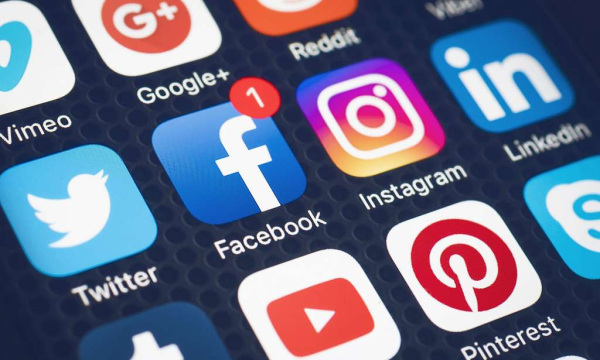Activism Within Social Media
November 26, 2019
Saving the world with 280 characters.
Activists have turned to social media platforms such as Twitter to share and spread information with like-minded individuals on civic issues they deem important.
Retweet activism is when people are socially conscious on social media but do not address issues in any regard besides sharing or retweeting a post, often referred to as “slacktivism”, many view participants as superficial and their actions ineffectual. Despite the flaws that many critics state, slacktivism participants rebuttal that retweet activism is a contribution to solving various issues by raising awareness and sharing knowledge. Although raising awareness via social media is quick and effective at face value, an array of issues can arise, especially when false news and accusations are shared with millions.
With retweets making up more than a quarter of tweets, the biggest question is its effectiveness. According to The Atlantic, millions of people daily participate in retweet activism, resulting in its constant examination from both critics and supporters alike.
A poll from Livewire shows that 58% of people agree that sharing posts on social media helps to make society more educated on issues. “Most of life today is lived on social media, so it makes sense that we get most of our ideas and information from it. When I retweet a message that I feel needs to be spread, I’m adding to the numbers and spreading it to my followers. That gives them a chance to retweet it, to spread it to their followers, and so on and so forth. Eventually, important issues will gain more of a platform this way and become common knowledge,” said junior Brynna Crump.
In fact, an analysis of over a million tweets by researchers at the University of Pennsylvania and New York University have found that people who participate in activism on social media platforms play a critical role in spreading the reach of protest movements. “Of course social media doesn’t push you to risk your life and take to the streets but it helps the actions of those who take the risk to gain international visibility. If you want a protest to grow, you need that influential core, but you also need the periphery echoing them,” said Professor Sandra González-Bailón from UPenn.
While sharing conversation-sparking content on various platforms, there are various other ways to drive your ideas in areas outside the digital space. Many that want more tangible results and a physical influence find contentedness through participating in non-violent protesting, writing to political leaders, or community service.
Despite the positive impact often found within retweet activist and their pursuits, this act can stir up trouble when misinformation is shared and goes viral. Often times, hatred is directed toward an individual. All it takes is someone posting a false and/or over-exaggerated tale in regards to someone, others retweet it, on an online mob descends upon the target.
Although the scope seems narrow, the spread of accusatory claims, false propaganda, and inflammatory tales poses a threat to individuals, the public, and journalists. If tweets that are retweeted are deemed as villainizing someone to an inexcusable degree, the law could get involved and they place no distinction between tweeting and retweeting.
“The traditional rules of re-publication apply. You as a tweeter are very much a publisher,” said Lawyer Ed Klaris.
With this, many have called upon Twitter and other platforms to suggest and cope with this issue. An often discussed alternative is instilling a notification system for those who have shared such content, thus allowing them to remove or edit the said tweet.
Twitter has remained quite silent, simply stating, “This is an ongoing legal issue. We don’t have a statement to share.”
The task of policing user’s posts has often been interpreted as a “political minefield” and places the platforms in a difficult situation, having to decide what is and isn’t factual news. Although no real solution has been agreed upon, most users feel as if a plan should be set in an attempt to mitigate the spread of defamatory content, even if labeled a form of “activism”. Despite the public’s almost unanimous consensus, many still counter. “Retweeting is just a different technical way of sharing third party content with a broader audience,” said Professor Eric Goldman.














